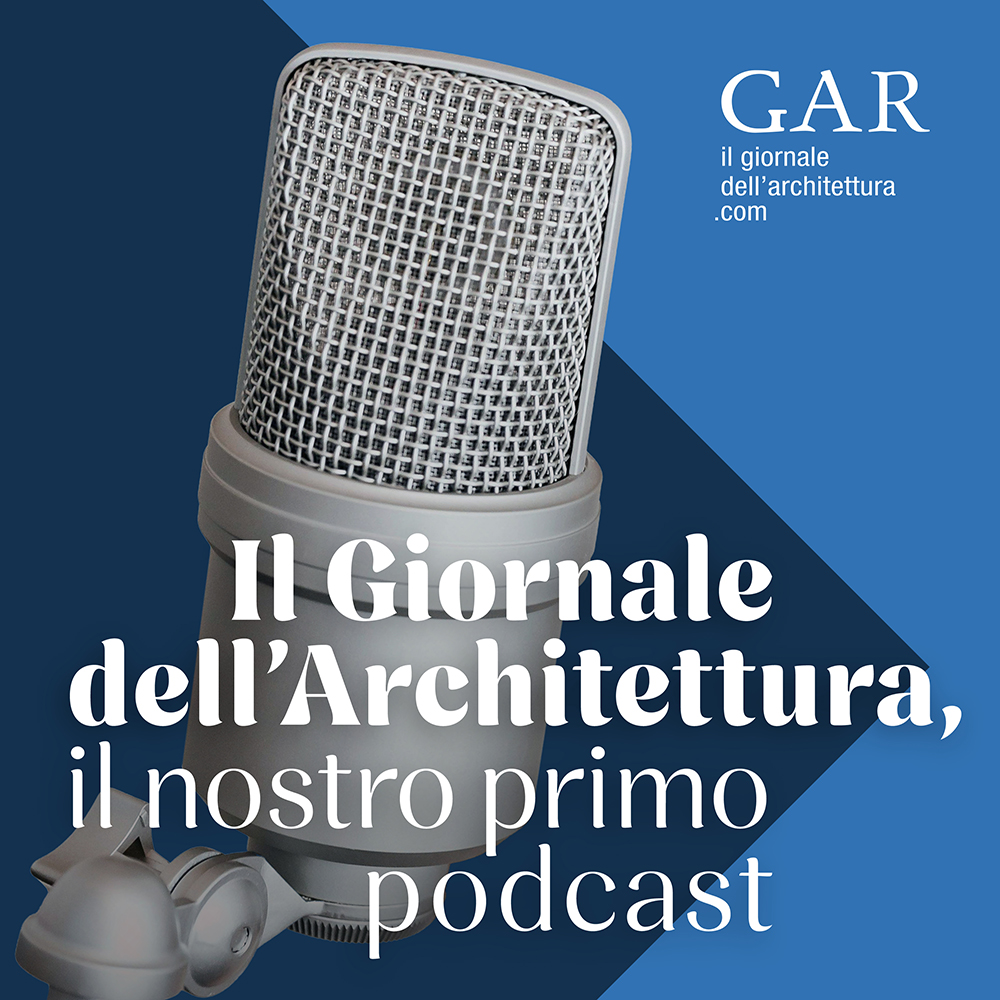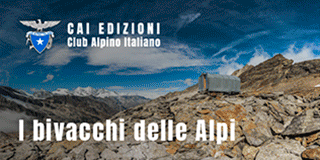The MoMA dedicates an exhibition, co-curated by the Emilio Ambasz Institute, to the relationship between architecture and environmentalism through 150 works conceived between the 1930s and the 1990s
NEW YORK (USA). The excellently curated Emerging Ecologies: Architecture and the Rise of Environmentalism exhibition at the MoMA in New York is divided into three rooms and accompanied by a lavishly illustrated catalogue, Architecture and the Rise of Environmentalism: a Field Guide, by Matthew Wagstaffe with introduction by Carson Chan. Presentation drawings, preparatory studies, and photographs of completed projects line the walls; models are on pedestals, free-standing and placed near the corresponding drawings. The work of these architectural prophets and protagonists is presented as innovative and crusading, intent on restraining architectural interventions by linking them closely to natural phenomena. It is the “first exhibition from the Emilio Ambasz Institute for the Joint Study of the Built and the Natural Environment, and features c.150 works from the 1930s through the 1990s that address urgent ecological and environmental concerns.” [MoMA press announcement, August 2023]
Among the displays arranged in a loop-like historical sequence, projects by Gaetano Pesce, Emilio Ambasz, Cosanti Foundation, Buckminster Fuller, James Wines, the Eames office with Kevin Roche and John Dinkeloo, and Frank Lloyd Wright stand out as masterly compositions with considerable visual impact.
Pesce’s dazzling section for an underground church (1974-77) convincingly inters the building under a Manhattan-like context of skyscrapers.
Ambasz’s work, represented by three compositions, have clear mass and geometries. His International Hall at Fukuoka (1990) elaborates on the dream of the “ecological” building. Although in the initial design a waterfall tumbled down the stepped, terraced building, in the realized version this was replaced by diagonal ramps and staircases now only barely visible among the green terraces where the planted vegetation has fully matured. This “magic mountain” or ziggurat veiled in greenery has nonetheless a strong architectural presence, with powerful elements demarking a central axis. Ambasz’s Fukuoka project successfully embodies his green poetics and “environmental symbolism”; it has since influenced numerous designs by successors attempting to mitigate the energy requirements of an office building.
The Cosanti Foundation is represented by the concept of arcology proposed by Paolo Soleri for his Arcosanti project, the fantastical and technologically elaborate city in the desert. Mechanically sophisticated, the design for Phoenix (1969) attempts to prevent urban sprawl by proposing a superdense environment within one very large building.
The bucolic suburb of James Wines and SITE (1981) inserts within a high-rise steel and concrete frame a multiplicity of privately-owned houses whose design is left to the inhabitants. A witty criticism of conventional urban high-rise apartment buildings, Wines’s design welcomes a multiplicity of low-tech solutions within an orderly framework.
Buckminster Fuller’s research management systems, amalgamating contemporary technologies with a less invasive way of inhabiting, are shown through an elaborate series of drawings, photomontages and models. His Dymaxion for Ocean World (1982) includes consideration of the spaceship Earth and warns of an impending rise in temperatures, fully confirmed now in the 21st century. Fuller emerges as the Cassandra in this ecological catastrophe, emitting dire predictions about the future of the planet.
Ant Farm’s Dolphin Embassy (1975) suggests a wacky symbiosis of human and animal energies which control the steering mechanism for their floating research station. Their corner, animated by video footage and photographs of dolphins swimming under desk chairs, prompted outbursts of hilarity by visitors on the day that I visited the exhibition.
The awesome Tsuruhama Rain Forest Pavilion in Osaka by Cambridge 7 Associates (1993-95) channels Buckminster Fuller’s widely-adopted geodesic dome, but it also offers a new invention: the walkway in the tree canopy, an engineered solution now often embraced for a park that is also a zoo and an aviary. In this design as in Fuller’s, “nature survives within the controlled confines of the built environment.” The earlier Ecopolis (1992) by Wolf Hilbertz had gone even further in its “speculative phantasy of improving natural processes.”
The Eames Office with Kevin Roche and John Dinkeloo offer an exceptional project for the US National Fisheries Center and Aquarium (1966-1971, unrealized). Situated over an underground space filled with pools, the Aquarium model features a fan-shaped greenhouse around a central opening that looks down to the walkways and water-features below. The drawing gives the impression of an attractive English garden; the model clearly reveals the essential geometries of the architectural design, with many centrally-planned Greek-cross spaces that remind one of Giuliano da Sangallo’s church in Prato.
The exhibition’s concluding grand gesture is the stunning model of Frank Lloyd Wright’s Falling Water villa (1937) situated above a “natural” waterfall in a quarry-like context. The model, made in 1984, is a celebration of this unique design by the architect whose core concept of organic architecture illustrated the counter-intuitive idea that houses and their natural context ought to be recognized as contiguous. Nestled among water and rocks, Wright’s Falling Water spirals back to Gaetano Pesce’s interred church.
The groundbreaking solar house (Dover Sun House by Eleanor Raymond and Maria Telkes, 1948), the pharaonic Norris Dam (by the Tennessee Valley Authority, 1933, and the largest water control infrastructure in the history of the USA) illustrated in the exhibition, and reminders in the catalogue that the Environmental Design studio at Harvard’s Graduate School of Design, originally taught by Serge Chermayeff, has been required of all students at the GSD since 1953, round out this challenging, highly informative and visually captivating exhibition. In a note of historical tragicomedy, the illustration of the Raymond-Telkes house on the cover of Popular Science (1949) shows not only the glass upper part of the house through which solar heat would be captured, but also a conventional post-war domestic interior replete with a display of guns above the fireplace.
Nonetheless, although some exhibits are dated or whimsical, the aesthetic turn of environmental architecture is firmly posited and revealed in Emerging Ecologies through the works of distinguished practitioners, chosen for their contribution to environmentalism, without overt emphasis on the stylistic innovations of their designs.
Cover Image: © Jonathan Dorado
READ THE ARTICLE IN ITALIAN LANGUAGE
Emerging Ecologies: Architecture and the Rise of Environmentalism
17 September 2023 – 20 January 2024
The Museum of Modern Art, New York
Curated by: Emilio Ambasz Institute for the Joint Study of the Built and Natural Environment (Department of Architecture and Design, con Matthew Wagstaffe, Dewi Tan, Eva Lavranou)
moma.org/calendar/exhibitions/5609






























